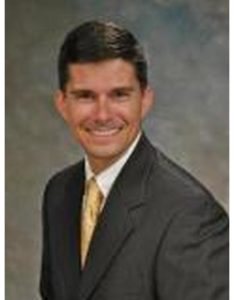By Dr. Richard Chern, M.D.

Blood pressure, pulse, temperature and respiration are measurable and all serve a vital role in the health and treatment of patients- thus we describe them as “Vital Signs.” In 2001, The Joint Commission, a private business that provides accreditation to hospitals, decided pain was being under-treated and a “fifth” vital sign, pain level, must be recorded at each visit.
As you well know, pain is subjective and cannot be measured. Everyone has seen the smiley face, frowny face, 1 to 10 pain scale at the doctor’s office. In fact, you have probably been asked about your pain level when you had no complaint of pain. Doctors started getting evaluated based on their ability to relieve “pain” and were even sued for not “effectively” treating pain. Not treating pain became malpractice. Most health care professionals can tell you about at least one patient who complained about “excruciating and unbearable pain” while that patient sat comfortably playing on their cell phone. It’s no wonder there were huge increases in opioid prescriptions. The measure of a doctors effectiveness was based on a subjective pain scale!
Your chances of becoming addicted to opioids doubles every three days of use! It was essentially the standard of care to dispense 30 days of pain medications. So, it’s no wonder so many became dependent on these medications. What’s the cure? Rehab? Methadone clinics? Will power? Rehab programs nationally have about a 5% success rate. Methadone is an opioid just like heroine. It just lasts all day with a lower euphoric effect. And, going “cold turkey” rarely works and often leads to relapse. However, There is hope!
Suboxone, or buprenorphine, works on the opioid receptor but in a completely different way. Suboxone only partially interacts with the receptor. Suboxone provides relief from cravings and withdrawal with minimal to no euphoric effect. It is safe to use in nearly every situation. I began using this medication in opioid dependent patients years ago and I was quickly surprised by the profound positive effect it had on patients. I have seen changes in patients I never thought possible. Suboxone does not cure opioid dependency but treats it in such an effective way most people would never know these patients ever had a problem. Some argue Suboxone just covers a problem and doesn’t fix it. Well, to those critics, I say diet and exercise cures diabetes and high blood pressure but over 50% of the United States covers it up with a medication instead. Wouldn’t you expect addiction to be even harder to cure?
Patients on Suboxone almost immediately become productive again. They can work on getting their life together without leaving their jobs for 6 weeks of rehab and without going to a methadone clinic every single day. They see their doctor about once a month for a check up and refill of medication, just like anyone else on a prescription medication. We are currently accepting new patients for treatment. Call Dr Richard Chern at 850-837-1271 for an appointment if you or a loved one suffers from opioid dependency.
The post Opioid Addiction is a Pain, but There’s Hope! appeared first on South Walton Life | 30A News, Events and Community Information.

Be the first to comment on "Opioid Addiction is a Pain, but There’s Hope!"